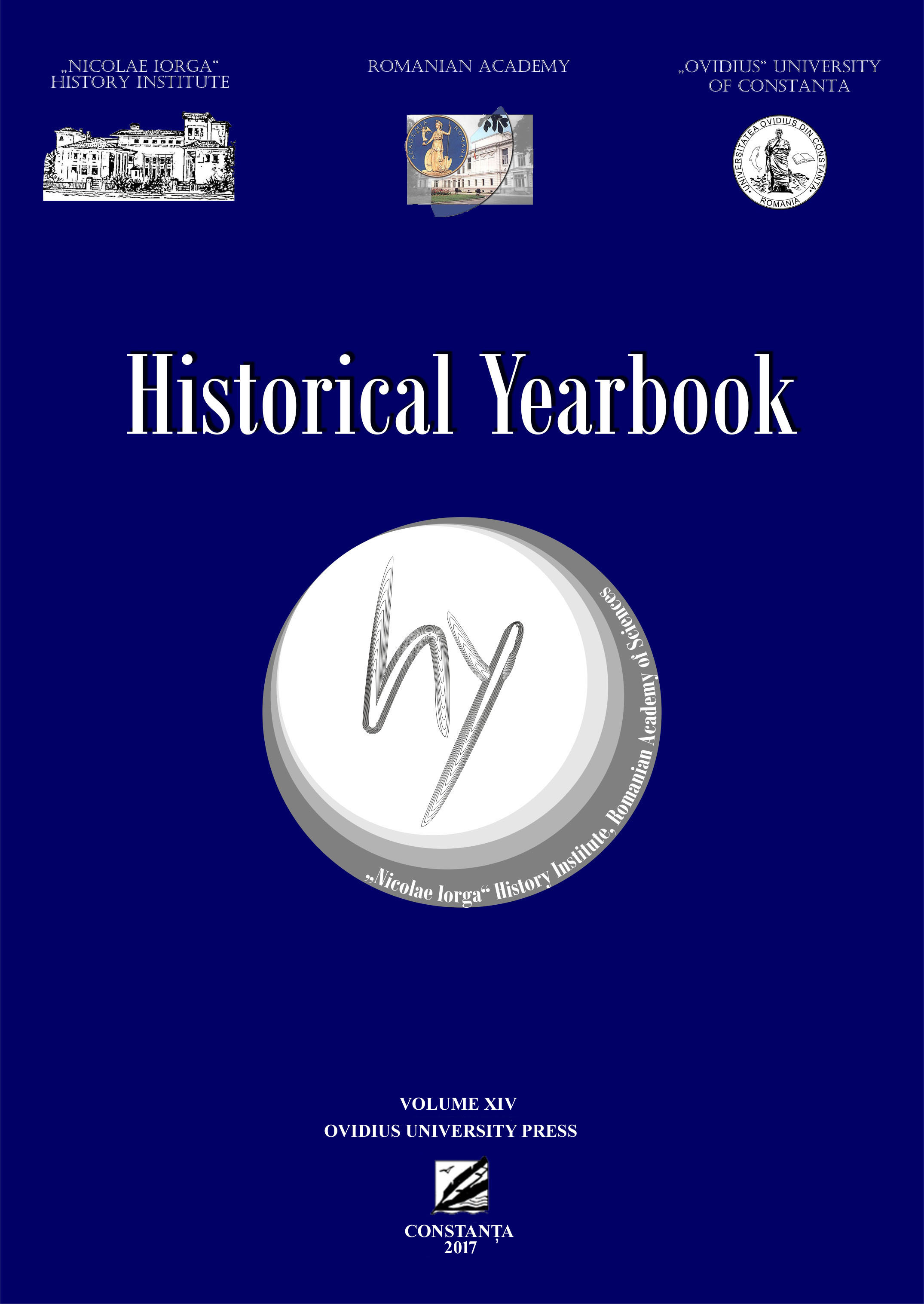AN EPISODE IN THE HISTORY OF
ROMANIAN ORTHODOX COMMUNITIES IN AMERICA:
THE ELECTION OF BISHOP VICTORIN URSACHE, IN 1966
AN EPISODE IN THE HISTORY OF
ROMANIAN ORTHODOX COMMUNITIES IN AMERICA:
THE ELECTION OF BISHOP VICTORIN URSACHE, IN 1966
Author(s): Gabriel Stelian ManeaSubject(s): Politics / Political Sciences, History, Theology and Religion
Published by: Ovidius University Press
Keywords: Romanian Orthodox Metropolia of the Two Americas; Romanian Orthodox Episcopate in America; Bishop Victorin Ursache; Bishop Valerian Trifa; Archdeacon Bartolomeu Anania; Department of Cults
Summary/Abstract: From the moment of the foundation of the first Romanian orthodox parish on American land, back in 1907, the institutional organization of the Romanian orthodoxy in the United States of America has organically evolved through the creation of a deanery, in 1913, and then through the election of a bishop, namely Policarp Morușca, in 1935. Yet for more than half a century in the United States of America were functioning two Romanian orthodox dioceses. It is about the Romanian Orthodox Episcopate in America, under the canonic jurisdiction of the Orthodox Church in America, and the Romanian Orthodox Metropolia of the Two Americas, subordinated canonically to the Romanian Patriarchy. The year 1966 was a very important one for the community of orthodox Romanians in the United States of America since, after three years of uncertainty and interior dissensions, of political interferences, of vacancy of the archiepiscopal see, the Metropolitanate (at that time having only the rank of episcopate) has chosen a new hierarch in the person of Archimandrite Victorin Ursache. The moment is a dense one as evolution and as implications, at least from three motives. First of all, the restoration of the canonic hierarchy was a result of the efforts made in the last years by Bartolomeu Anania, archdeacon at that time, himself a possible candidate to be awarded the bishop’s staff. Secondly, in political terms, the communist power in Bucharest, through the Department of Cults, has permanently supervised the entire election process, rejecting some of the candidates or agreeing others. Finally, on this occasion come to light again the adversity existing between the two Romanian dioceses in the United States, the Romanian Orthodox Episcopate in America, known as the Episcopate from Vatra and lead at that time by bishop Valerian Trifa. Otherwise, even the accounts of Archdeacon Bartolomeu Anania describe a tense relationship, a difficult dialogue and an almost unbreathable atmosphere between the two ecclesiastic entities.
Journal: HISTORICAL YEARBOOK
- Issue Year: 14/2017
- Issue No: XIV
- Page Range: 75-84
- Page Count: 10
- Language: English
- Content File-PDF

